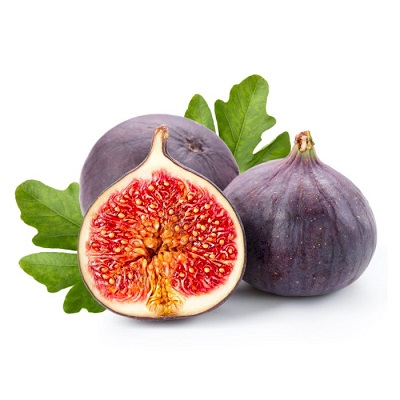Fig cultivation in India is very important from a commercial point of view. Due to the good price of fig fruit in the market, the farmer brothers who cultivate it can earn a good profit. In addition, fig fruit is also known for its healthful properties.
Fig Cultivation Popular Varieties
Wide varieties of figs have been developed. Some of the better varieties are as follows-
- Punjab Fig
The fruits of the Punjab Anjeer variety are large in size and yellow in colour. Its plants usually start giving fruit after 2 years. The height of the plant is 10 to 15 feet. The average yield of a 5-year-old plant can be 15 to 18 kg.
- Pune Fig
Pune fig fruits are medium in size and yellow in colour. Its plants grow well in temperatures ranging from 35 degrees to 40 degrees. The height of the plant is up to 8 feet, and the width is up to 2.5 metres. Moreover, Pune fig plants start bearing fruits as soon as they complete one year of age.
- Marshallese Fig
The Marshallese fig is a hybrid variety of the fig plant. Therefore, we can store its fruits for a long time. The length of its plant ranges from 3 to 5 metres. Each plant of Marshallese fig can yield 20 to 25 kg of fruits in one year.
- Puneri Anjeer
The fruits of the Puneri Anjeer variety are tasty and purple. Moreover, the height of its plant ranges from 8 to 12 feet. One plant can yield 21 to 25 kg of fruits in one year.
Climate And Soil In Fig Cultivation
Fig cultivation requires a dry and humid climate. For Fig cultivation, fertile loamy land with good drainage is required. Moreover, soil with a pH value of 6 to 7 is considered good for fig cultivation. A temperature of 25 to 35 degrees is suitable for getting a good yield of fig fruit.
Field Preparation In Fig Cultivation
Fig cultivation requires friable soil. First of all, to remove the crop residues from the field, with the help of any utility or small tractor and remove the crop residues by ploughing the field 2 to 3 times. After this:
- Make the field soil crumbly with a rotavator’s help.
- Make the field level by creating a patch.
- After this, make pits at a distance of 5-5 metres.
- After transplanting the fig plant in these pits, do light irrigation.
Sowing And Seed Quantity
The rainy season from July to August is most suitable for transplanting fig plants. But first, prepare a fig plant nursery, or buy an advanced variety from a nursery near you. Moreover, about 250 plants are required in one hectare. Keep a distance of 5 metres from one plant to another.
Plant Irrigation
In fig cultivation, the irrigation of the plant is done according to the cycle of the seasons. If you have planted in the rainy season, usually in July and August, you will need less irrigation. In the winter season, we should provide water at an interval of 14 to 20 days. In the summer season, fig plants need more irrigation. Therefore, in summer, fig plants should be irrigated twice a week. In contrast, its plants do not require irrigation during the rainy season. But if there is no rain on time, irrigation should be done according to the needs of the plants. Moreover, after irrigation, farmers prefer to use a 4WD tractor for better motion in the field.
Plant Care
Taking care of the plant is very important to get more fruit production from fig plants. For good growth of fig plants, prune the plants one year after planting them in the field. Moreover, during the first pruning of the plants, do not allow any new branches to develop on the plants up to a height of 1 metre. Apart from this, cut the longer growing branch of the plant. So that the plant gets new branches and the plant becomes rich. Moreover, the yield increases when the plant becomes rich. Pruning of fig plants should be done every year in the summer season after the fruit starts coming.
Weed Control
In the case of weeds in fig cultivation, weeding is required. Thus, whenever you see weeds in fig fields, weed them out. Moreover, two times weeding is sufficient in fig cultivation.
Harvesting In Fig Cultivation
Fruits should be harvested from fig plants only after the fruits have fully ripened. Because breaking its raw fruit does not ripen the fruit well. Due to this, the quality of the fruits decreases, and due to the fruits being half-ripe. Therefore, the farmers are not able to get the right price for the fig fruit in the market, so we should pluck the fruits only after ripening well.
Yield And Profit
Fig plant production provides different yields depending on the cultivar. Furthermore, about 250 fig plants can be planted in a one-hectare field, and about 20 kg of fig fruit is obtained from one plant. Moreover, Fig fruits are sold from Rs 500 to Rs 800 per kg according to the quality. According to this, farmers can easily earn Rs 25 to 30 lakhs annually by cultivating 1 hectare of figs. Tractors play an important role in the cultivation of figs. The use of tractors increases good crops and increases income and gives good profit.
Stay tuned with us for more details about profitable fruit farming.




